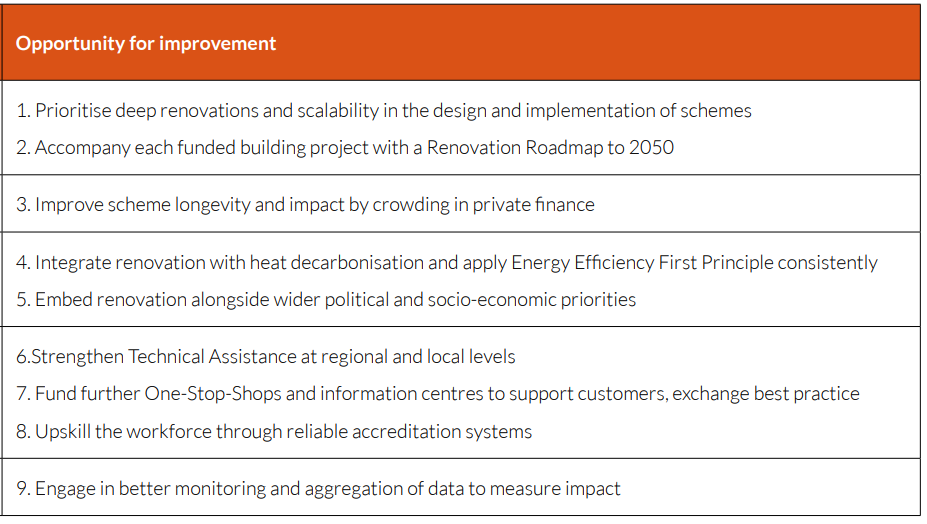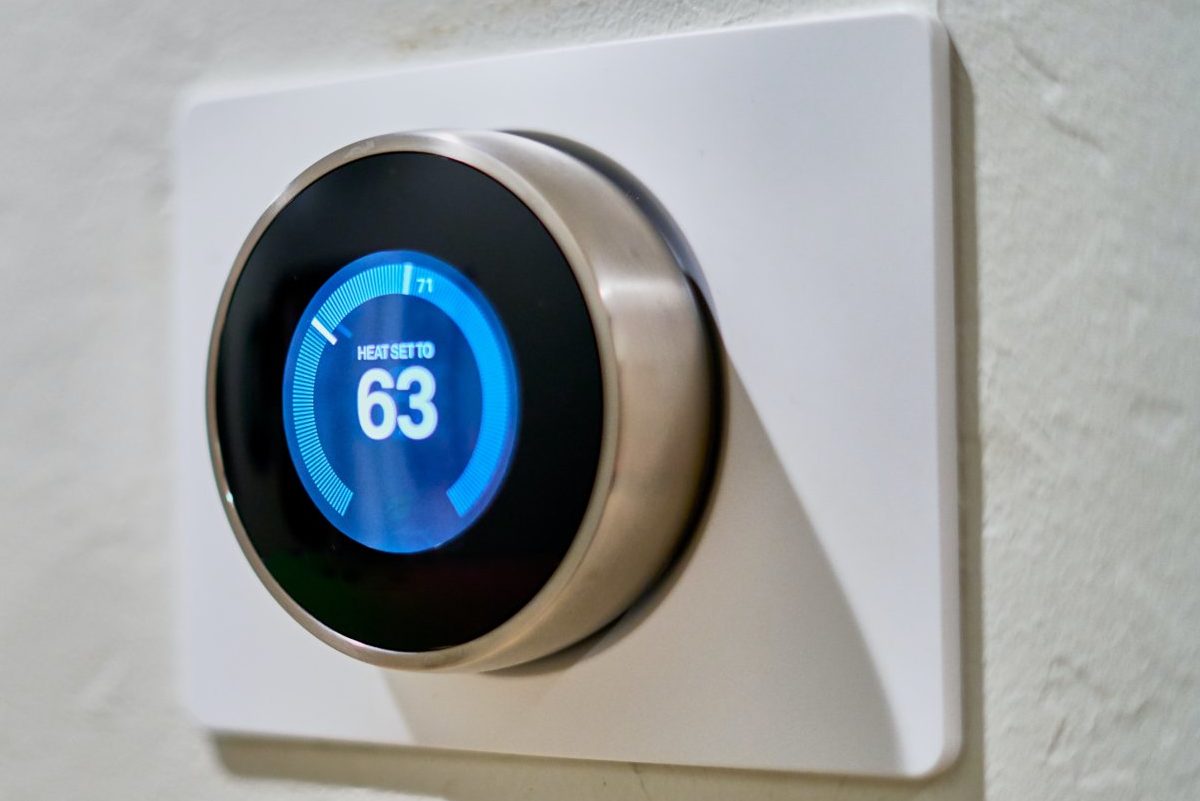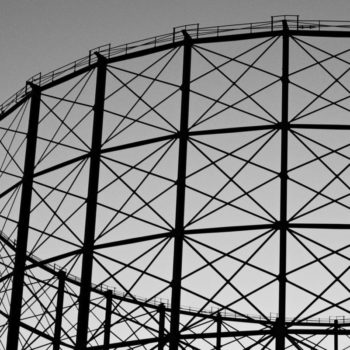With energy prices on the rise, EU Member States and the European Commission are acting at pace. The European Commission recently published a ‘toolbox’ with a clear message: address immediate price pressures while focusing on the EU Green Deal as a lasting solution. Stepping up energy building renovation is a key element of the proposal, but so far receives less political attention.
Close to €40bn will be invested in energy building renovation over the next five years, according to our review of National Recovery and Resilience Plans. This funding will kick-start sustained delivery of building renovation, benefitting European citizens and businesses.
Why investment in energy renovation is an obvious choice?
Energy efficient buildings have lower energy consumption and allow households to reduce energy bills, while limiting exposure to energy price volatility. Our analysis in the UK found, in the face of rising gas prices, households could save £511 (€605) per year by improving the energy efficiency of homes with poorer energy performance – from ‘D’ or worse rating to a of ‘C’. Price impacts also disproportionately affect low-to-middle income households, who already spend a higher share of their disposable income on energy.
There are significant variations in EU building stock performance. However, it is likely that similar dynamics are at play, even with different value of savings. In Italy, 88% of the residential building stock is rated EPC ‘D’ or lower, with those in the worst energy performing buildings consuming more than double the amount of energy per m2 than those living in EPC ‘C’ properties. In France, more low-income households live in energy intensive buildings (EPC ‘F’ and ‘G’) compared to higher-income groups across all tenures. Almost 7% of the EU’s population, 31 million people, were unable to keep their homes adequately warm in 2019, before the price rose. At country level, this share reaches highs of 30% in Bulgaria and 26% in Lithuania. Still, average renovation rate in the EU remains under 1%, of which only 0.2% is deep renovation (more than 60% reduction in energy consumption).
What can National Recovery and Resilience Plans do to help?
A total of €85-90bn are already invested in buildings’ energy efficiency each year in the EU. The estimated additional investment needed to reach new climate targets is €275bn per year to 2030, covering both energy efficiency and heat decarbonisation in buildings. In this context, the 9% annual increase in funding from NRRPs can go a long way, especially for immediate financing of significant energy savings projects, and supporting the right enabling framework for long-term sustained renovation.
With €23bn (58%) allocated to programmes in the residential sector, most countries already have the basis to respond to energy price rise if they activate supply chains quickly. There is room for further targeted support, including tackling energy poverty, which NRRPs have rarely addressed directly. Large untapped potential remains to progress jointly on demand reduction and heat decarbonisation, as well as unlock digitalisation for the wider energy system transition.
Regarding long-term delivery, NRRPs need to attract additional private investment and create the right enabling framework to scale delivery, including technical assistance, investment in skills and supply chain, in innovation, and the creation deep energy renovation roadmaps. All these aspects require further attention by Member states.

What else is needed?
Acting now to scale building renovation is a win-win operation tackling both the current price hikes and long-term Green Deal priorities. Tangible progress must be supported through policy: the revisions of the Energy Efficiency Directive, Energy Performance of Buildings Directive and Renewable Energy Directive all offer opportunities to foster ambition and delivery.
The strength of the overall package is critical for delivering on renovation, with individual elements playing pivotal roles, such as the introduction of mandatory Minimum Energy Performance Standards (MEPS) under the EPBD, that would send a strong signal to the whole renovation value chain, from institutional investors to building users. A higher energy efficiency target at EU level, combined with national binding targets, will also send strong market signals.
Europe’s buildings are central to the low-carbon transition, their transformation will realise strategic benefits: from health and air quality improvements, to better living environment, lower energy bills and jobs creation. By acting decisively now, the EU can increase resilience and demonstrate commitment to improve Europeans’ life quality.
Note: Renovate2Recover: How transformational are National Recovery and Resilience Plans for Buildings Renovation? study was commissioned by the Renovate Europe Campaign and undertaken by E3G in cooperation with National Partners. The full study and 18 individual country reports are available here.


![The Commission’s Renovation Wave envisages the overhaul of 220 million buildings standing today by 2050 - 150,000 buildings a week. [Pixabay]](https://www.e3g.org/wp-content/uploads/Street-2-1024x576-1-350x350.jpg)